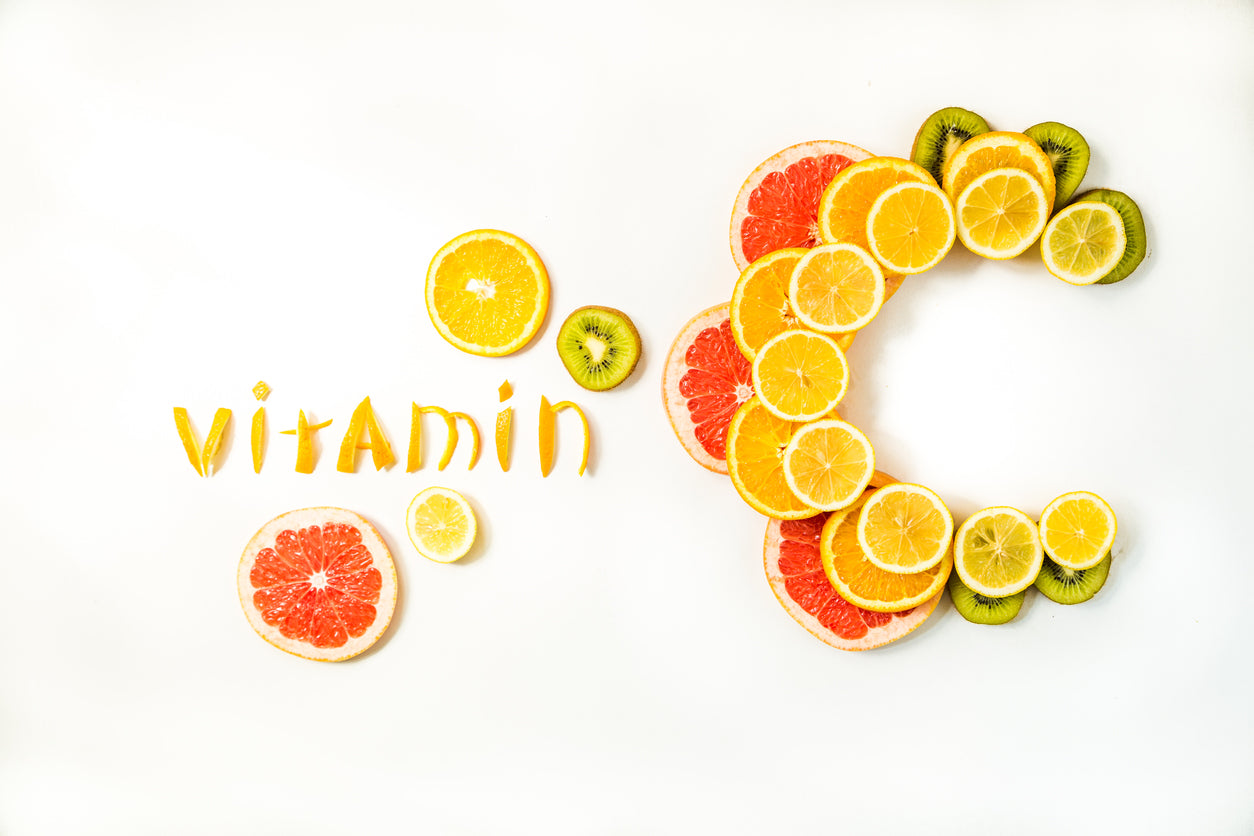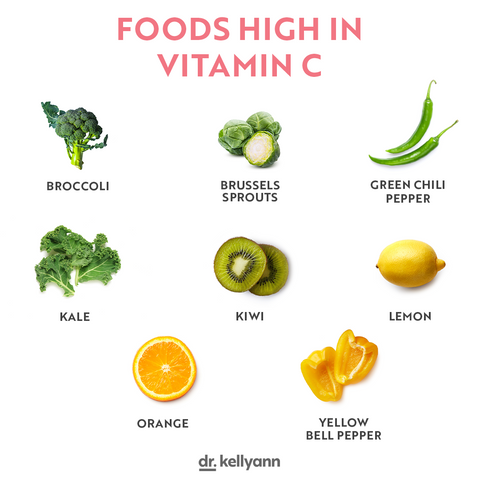
Vitamin C: The immune system builder that’s right in your fridge!
One of my mantras is: Build your armor. That’s because it’s a wild world out there, and your body has to be ready to do battle at any moment, it’s crucial to keep your defenses strong.
So today, I want to talk about one of the most powerful armor-building nutrients you can add to your regimen: vitamin C. I take it every day, and you should too. Here’s why it’s so important, and how to get your daily dose.
How vitamin C helps you strengthen your immune system?
It might surprise you that a simple vitamin can build a powerful immune system, but vitamin C (also called ascorbic acid) is actually a powerhouse. Here are just some of the things it does:
-
It’s a powerful antioxidant that protects against oxidative stress—and the lower your oxidative stress, the healthier and more resistant to infection you are.
- It helps to optimize the function of your immune system.
- It has immune building properties that help you during times of stress, especially in the long winter season.
What’s more, there are big bonuses to vitamin C that go beyond immune health. It helps your body use iron, improves the health of your skin and joints, and is essential for building that wrinkle-fighting collagen we all love. So while it’s strengthening your immune armor, it’s making you healthy and beautiful at the same time.
Getting a daily dose of vitamin C is especially important if you have any signs of vitamin C deficiency talk to your healthcare provider if you have bleeding gums, easy bruising, a poor immune system or skin health issues.
How much vitamin C do you need?
The best way to make certain you’re getting enough vitamin C during this pandemic is to take a supplement that provides 1,000 milligrams of liposomal vitamin C. (Liposomal vitamins are contained in little “bubbles” that help to protect them from breaking down, so you get maximum bioavailability.) You need to take vitamin C every day, because it’s water-soluble so your body can’t store it.
What foods are rich in vitamin C?
A half-cup of cooked broccoli provides 50 milligrams of vitamin C, more than half the recommended daily value for men or women. Not only is broccoli high in vitamin C, it’s also a cruciferous vegetable, which means it’s a great source of phytonutrients. Broccoli is delicious roasted with a bit of oil and freshly-ground pepper and Himalayan pink salt, but when I’m looking to switch it up, my Italian Broccoli is a great go-to.
Brussels sprouts, also a member of the cruciferous vegetable family, contain 50 milligrams of vitamin C in a half-cup serving. They’re also a great source of vitamins A and K, folate, manganese, and potassium, and they contain a phenomenal amount of antioxidants. Like broccoli, they’re delicious roasted, but I also love using them in warm salads like my Brussels Sprouts with Cranberries and Almonds.
One green chili pepper—for instance, a jalapeño or poblano—contains more than 100 milligrams of vitamin C, more than the daily recommended value for men or women. Green chili peppers also contain capsaicin, which gives them their spicy flavor. You can pan-sear peppers and serve them with your favorite protein, add them to soups for extra flavor, or try my Smokey Jalapeño Poppers.
One cup of chopped raw kale has 80 milligrams of vitamin C, which drops to about 50 milligrams when you cook it. While cooking kale lowers its vitamin C content, it can help to release its antioxidants. My Crispy Kale Chips are a great snack if you’re craving something crunchy!
One average-sized kiwi can contain as much as 70 milligrams of vitamin C, and studies show that additional nutrients in kiwis help to reduce oxidative stress and lower cholesterol levels. Here’s a tip: if you eat the skin, too (after washing it thoroughly, of course), you’ll get an even bigger boost of vitamin C. I love using kiwis in smoothies—especially my Vitamin C Boost Green Smoothie.
One whole raw lemon contains nearly your entire recommended daily value of vitamin C. Even lemon juice contains a big dose of C, and it’s a great addition to your tea and spa water. (Check out my Strawberry Lemon Basil Detox Water recipe—it’s fabulous.) Just make sure you use juice from a fresh lemon, not from concentrate.
With 70 milligrams of vitamin C, a medium-sized orange provides nearly all of a woman’s recommended daily value. Use oranges in spa water, or treat yourself to a small glass of juice—preferably freshly squeezed. (If you buy orange juice at the store, check labels and make sure there’s no added sugar.) Even better, get all the good fiber from oranges by tossing the segments in my California Orange Tarragon Salad.
One half-cup of yellow bell pepper provides more than 100 milligrams of vitamin C—again, more than the daily recommended value for either men or women. Green bell peppers contain only half that much vitamin C, but they’re still a great option. I love using bell peppers, whatever the color, in my Stuffed Bell Peppers.

In addition to these foods, lots of other fruits, veggies, and herbs are rich in vitamin C. Here’s a list of some of the most common ones:
- Acerola Cherries
- Berries
- Blackcurrants
- Cantaloupe
- Guava
- Lychee
- Mustard Greens
- Papaya
- Persimmons
- Rose Hips
- Strawberries
- Thyme
- Tomatoes
With this many easy-to-find (and delicious) options, it’s simple to obtain your daily dose of vitamin C. So whether you opt for a supplement or reach for the fruits and veggies, it’s a cinch to strengthen your immune system armor!
Keep Positive and Stay Healthy!








